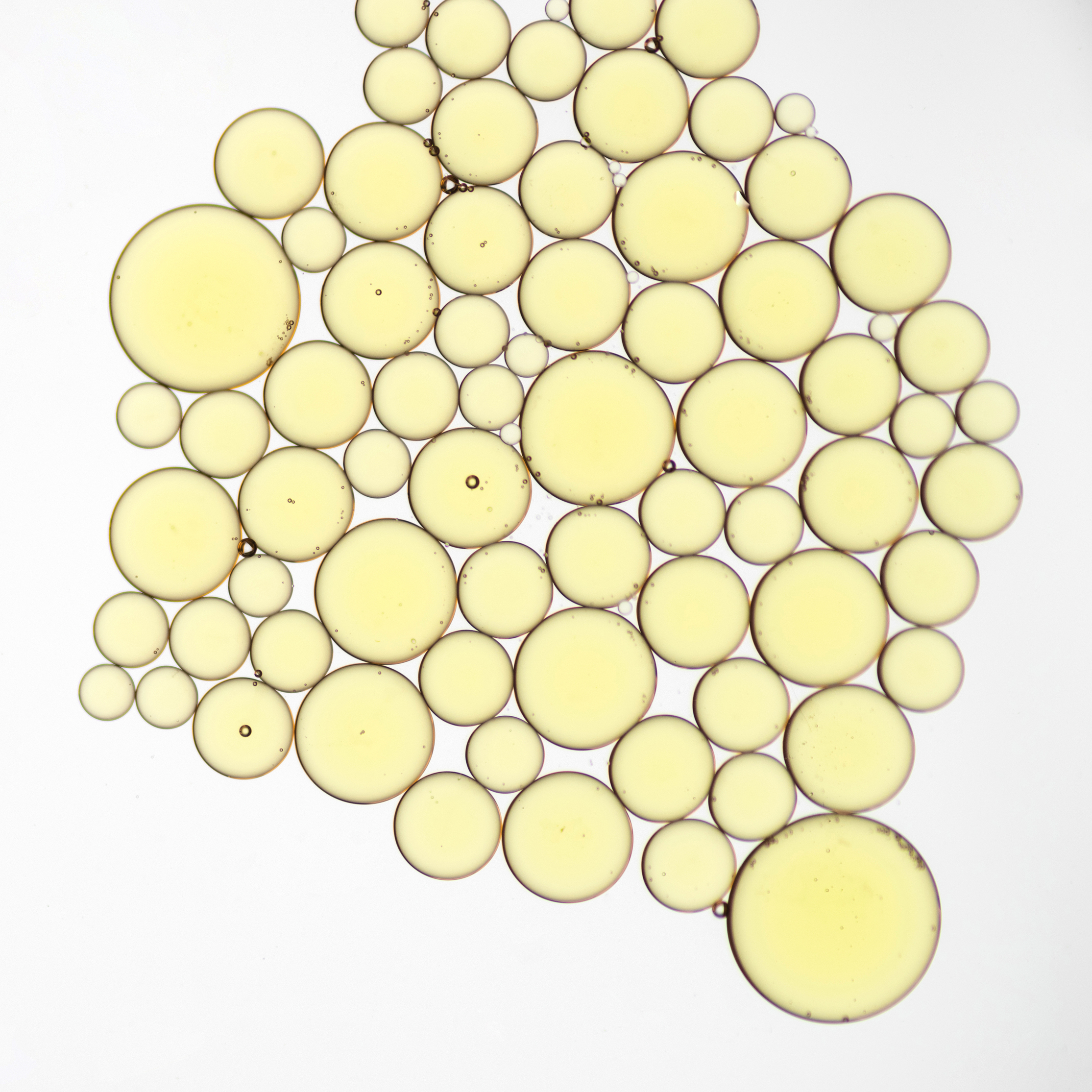

A synthetic extracellular matrix (ECM) that can maintain the formation of a micro endometrium in a dish for at least two weeks has been developed by scientists. The endometrium—the mucosal lining of the uterus—has historically proven difficult to imitate in the lab, limiting scientists’ ability to examine its involvement in both healthy and pathological conditions such as endometriosis.
The Synthetic Extracellular Matrix , disclosed in the journal Med, allows cells to interact in an environment that mimics human physiology, perhaps allowing researchers to better imitate the healthy and pathological responses to menstrual cycles.
“With this Synthetic Extracellular Matrix , we can begin to extrapolate and utilize samples from patients that have been diagnosed with certain reproductive diseases,” says first author Juan Gnecco of Tufts University. “We can begin to explore how organoids grown from patients’ cells are behaving differently than those of healthy individuals.”
Until far, scientists have grown organoids (small organs in a petri dish) using Matrigel, a naturally formed hydrogel. Despite providing some support for organoid growth, Matrigel contains proteins that can disrupt cell-cell communication. This is especially essential when modeling the endometrium, which is made up primarily of epithelial glands and stromal cells, and their interaction influences how the endometrial tissue changes over the menstrual cycle as a result of sex hormones.
“If the stromal cells try to ‘talk’ to the epithelial cell, it’s like trying to talk to your friend if you’re standing on the runway at the airport at rush hour,” says senior author Linda Griffith of the Massachusetts Institute of Technology about endometrium organoids co-cultured with stroma in Matrigel.
Griffith, Gnecco, and their colleagues created a synthetic ECM out of hydrogel and a small number of biological signals. The researchers then co-cultured endometrial stromal and epithelial organoids from human donors in a Synthetic Extracellular Matrix , and the co-culture stayed viable for at least 15 days. Matrigel, on the other hand, did not maintain stromal cultures and had partially dissolved and shrunk by day 15.
The design of the synthetic ECM also allows cells to sequester their own matrix as they grow. One of the things that can be different between a disease and a normal cell is that they may make slightly different sets of Synthetic Extracellular Matrix molecules,” says Griffith. “With this ECM, we can create a microenvironment similar to what the cells are experiencing in vivo. That’s something we’re very excited about.”
To see if the matrix could promote the growth and activity of endometrial epithelial and stromal cells, the researchers treated the co-cultures with a synthetic progesterone, a sex hormone that plays an important role in the menstrual cycle, to imitate the conditions of the menstrual cycle. The hormone thickened the organoids’ epithelial layer, increased the release of a pro-gestational protein, and triggered stromal differentiation, all of which were found in people.
The cultures were then exposed to a type of pro-inflammatory cytokine linked to endometrial illnesses in people, including endometriosis, a condition in which endometrial tissues grow outside of the uterus. They discovered that in co-cultures including both epithelial and stromal cells, the cytokine significantly boosted epithelial cell proliferation, a feature seen in endometriosis patients. The aberrant growth was not noticed in a monoculture of epithelial cells.
“It really highlights that cell communication is important, not only for sex hormone signaling but even inflammatory communication between cells,” says Gnecco. “There’s still more about the mechanism that we need to delve into, and now there is a platform that can be used to investigate that in more detail. There’s going to be a huge benefit for other studies downstream from this.”
more recommended stories
 Silica Nanomatrix Boosts Dendritic Cell Cancer Therapy
Silica Nanomatrix Boosts Dendritic Cell Cancer TherapyKey Points Summary Researchers developed a.
 Vagus Nerve and Cardiac Aging: New Heart Study
Vagus Nerve and Cardiac Aging: New Heart StudyKey Takeaways for Healthcare Professionals Preserving.
 Cognitive Distraction From Conversation While Driving
Cognitive Distraction From Conversation While DrivingKey Takeaways (Quick Summary) Talking, not.
 Fat-Regulating Enzyme Offers New Target for Obesity
Fat-Regulating Enzyme Offers New Target for ObesityKey Highlights (Quick Summary) Researchers identified.
 Spatial Computing Explains How Brain Organizes Cognition
Spatial Computing Explains How Brain Organizes CognitionKey Takeaways (Quick Summary) MIT researchers.
 Gestational Diabetes Risk Identified by Blood Metabolites
Gestational Diabetes Risk Identified by Blood MetabolitesKey Takeaways (Quick Summary for Clinicians).
 Phage Therapy Study Reveals RNA-Based Infection Control
Phage Therapy Study Reveals RNA-Based Infection ControlKey Takeaways (Quick Summary) Researchers uncovered.
 Pelvic Floor Disorders: Treatable Yet Often Ignored
Pelvic Floor Disorders: Treatable Yet Often IgnoredKey Takeaways (Quick Summary) Pelvic floor.
 Urine-Based microRNA Aging Clock Predicts Biological Age
Urine-Based microRNA Aging Clock Predicts Biological AgeKey Takeaways (Quick Summary) Researchers developed.
 Circadian Control of Neutrophils in Myocardial Infarction
Circadian Control of Neutrophils in Myocardial InfarctionKey Takeaways for HCPs Neutrophil activity.

Leave a Comment